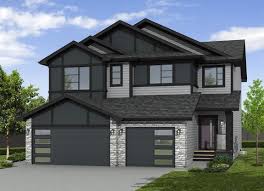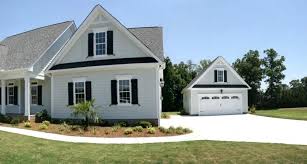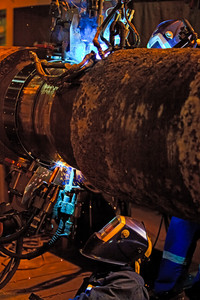You may not think garage door insulation is important, but insulating your garage can provide unanticipated benefits that can make this a worthwhile project. If you’re like most homeowners, your garage is the biggest uninsulated area of your home. Not only does this increase your heating and cooling cost, but a lack of insulation around the garage door itself is an invitation to critter infestation and moisture damage. Even if you don’t spend that much time in your garage, you should look into garage door insulation and see if it’s right for you.
Attached Garages

For garages that are attached to your home, proper garage door insulation can be as much about insulating your home as it is insulating your garage. A metal garage door with too much space around the door can be a horrible conduit for heat loss. Garages, being as large as they are, will conduct more heat from your home than you probably think. Even if you can’t feel the loss in the garage entryway, the walls that are shared with the garage can increase the strain on your central heating and cooling. Attached garages are considerably closer in temperature to the main house than their stand-alone counterparts, but this means the difference between the garage and the outside air is greater. This difference is a leading factor in the formation of moisture in the garage.
First, you should put weatherstripping on the bottom edge of the garage door. Then, you’ll want to install insulation on the door itself. Polystyrene and injected foam insulation are the most popular and appropriate forms of garage door insulation. They are cut into panels that allow for easy, inexpensive installation. The relatively small area of a garage door makes this one of the cheapest insulation’s projects you can do for your home and because heat gets lost so quickly through a metal door, it’s also one of the insulation projects that makes the most sense.

Stand-Alone Garages
If you have a stand-alone garage or a garage that is only marginally connected to the house, you might need to have a different insulation strategy. Obviously, the area of a stand-alone garage isn’t a drain on the heating and cooling efficiency of your home, but these garages also don’t get the benefits of your home’s central heating and cooling. If you don’t spend much time in your stand-alone garage, you can probably provide sufficient protection from infestation and moisture with simple weatherstripping.
On the other hand, many people use stand-alone garages as impromptu rec rooms fitted with a pool table or ping-pong table. If you spend time hanging out in your garage, especially if it’s not connected to your home, you may want to consider higher end insulation. Essentially, treat your garage as a basement and insulate not only your garage door but the walls as well. Good insulation and a basic space heater or air conditioning unit will enable you to create a pleasant environment for your garage. The installation of this insulation won’t be cheap but it will be a lot less expensive than attempting to extend your central heating and cooling.
Insulation and Garage Door Installation
The best time to deal with this insulation issue is when you’re installing or replacing your garage door. Most garage doors are made from metal or wood. If you would like a wood garage door, but don’t want to pay the extra price for the material, remember wood is a much better natural insulator. Metal, on the other hand, may be an easier choice for your garage door, but remember it’s probably a good idea to throw some insulation panels on there when you have the garage door installed.
via: HomeAdvisor: https://www.homeadvisor.com/r/garage-door-insulation/



